-
Latin America
Latin America
- Countries (hidden space)
- Galapagos & Ecuador
- Guatemala
- Mexico
- Panama
- Peru
- Popular Attractions
- Machu Picchu
- Inca Trail
- Easter Island
- Galapagos Islands
- Patagonia
- Rio de Janeiro
- Iguazu Falls
-
Africa
Africa
- Spacer Africa
- South Africa
- Zimbabwe
- Popular Attractions
- Cape Town
- Okavango Delta
- Sossusvlei Dunes
- Victoria Falls
- The Kruger
- The Garden Route
- Masai Mara
-
Asia & Middle East
Asia & Middle East
- Asia
- Borneo (Malaysia)
- Cambodia
- India
- Japan
- Middle East
- Jordan
- Spacer Asia
- Laos
- Sri Lanka
- Uzbekistan
- Vietnam
- Popular Attractions
- Taj Mahal
- Lion Rock (Sigiriya)
- Angkor Wat
- Ha Long Bay
- Kyoto
- Petra
-
Destinations
- Latin America
- Argentina
- Bolivia
- Brazil
- Chile
- Colombia
- Costa Rica
- Galapagos & Ecuador
- Guatemala
- Mexico
- Panama
- Peru
- Asia
- Borneo (Malaysia)
- Cambodia
- India
- Japan
- Laos
- Sri Lanka
- Uzbekistan
- Vietnam
- Middle East
- Jordan
- Southern & East Africa
- Botswana
- Kenya
- Namibia
- South Africa
- Zimbabwe
- Contact Us
-
About
About
Llama Travel provides high quality holidays at the lowest possible prices.
99% recommend us Lower prices - guaranteed Financially protected by ATOL
The Llama Travel Blog
Top 8 Things To Do In Cusco
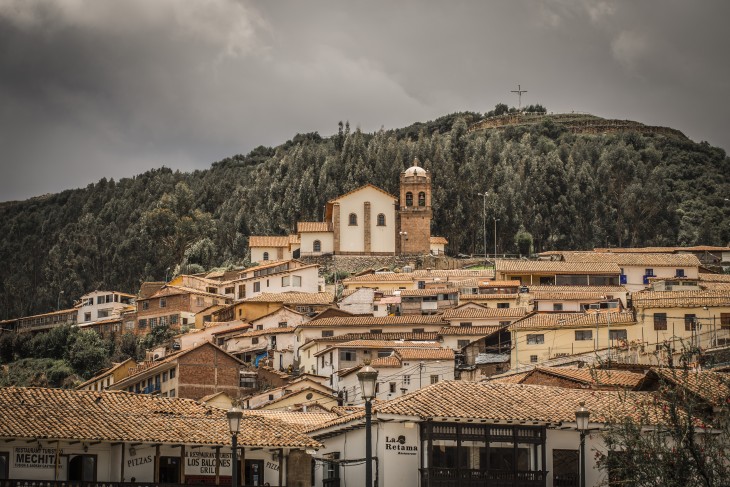
Known for being the gateway to the Sacred Valley and Machu Picchu, Peru’s tourist capital is nestled in the Andes at 3,400 metres above sea level. The historic centre of Cusco is a UNESCO World Heritage Site, and has a mix of colonial and Inca architecture, making it a truly fascinating place to visit. As well as the 500 Inca sites and museums, the city boasts excellent opportunities for shopping, eating and trying one of the many adventure sports in the vicinity.
1. Explore the historic centre
A good starting point when you arrive in Cusco is to stroll around the city centre, allowing yourself to acclimatise to the altitude as you discover the historical capital of the Inca Empire. Despite the city’s popularity with tourists, it is relatively easy to escape the crowds by walking up one of the quiet side streets. The narrow streets to the north of the Church of San Blas are some of the most tranquil in Cusco, and are worth wandering around, with unparalleled views. Notable buildings to visit include the cathedral and La Compañía church on the Plaza de Armas, the Church of San Blas where you can see the beautiful, intricately carved wooden pulpit and the Monastery of Santo Domingo which was built on the most important religious site in the Inca Empire.
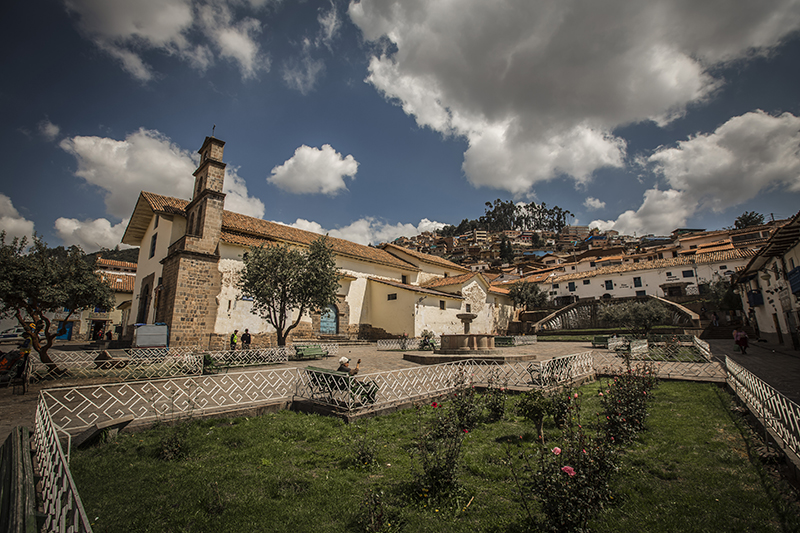
2. Go souvenir shopping
Cusco is an excellent place to buy crafts, with many excellent textiles and ceramics sold throughout the city. The artisan neighbourhood of San Blas is renowned for its architecture and small boutique shops lining the street, making for more authentic gifts and souvenirs than the trinkets found in the Plaza de Armas. Many artisans will lay out their crafts above the fountain in the centre of the square, where the steps lead up to the shops. There are also lots of upmarket shops, particularly around the Plaza de Armas. Here you can find more expensive alpaca clothing as well as silver and gold jewellery.
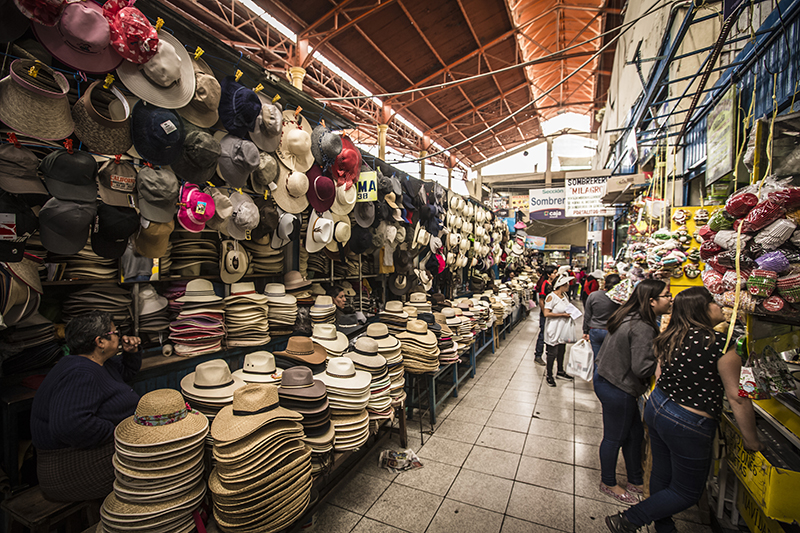
3. Browse the markets
The San Pedro Market is a spectacle to behold, filled with colourful stalls selling everything from fruit, fresh smoothies, meat, pastries and vegetables through to local textiles and bags of coca leaves for those struggling with the altitude. Other Cusco markets to visit include daily Mercado Wanchaq and the Baratillo Market on Saturdays. Be aware that the markets can have pickpockets, with tourists often appearing as attractive targets. To minimise the risk to yourself, do not walk around with expensive-looking jewellery or cameras around your neck, and leave passports and valuables in the hotel safe.
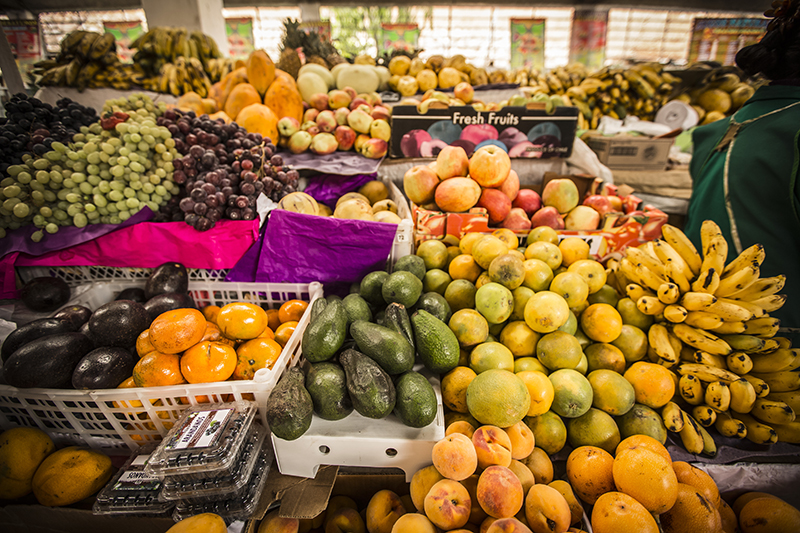
4. Visit the museums
For visiting Cusco’s attractions and nearby ruins, the Tourist Ticket is essential. This gives you entrance to many different sites in and around Cusco and the Sacred Valley for a single payment.
The Museo Inka contains a fine archaeological collection from all over Peru, with an excellent section on the pre Inca cultures from the Lake Titicaca and Cusco areas. The Pre-Colombian Art Museum contains many pieces from the Larco collection in Lima, and covers all of the pre-hispanic history of Peru.
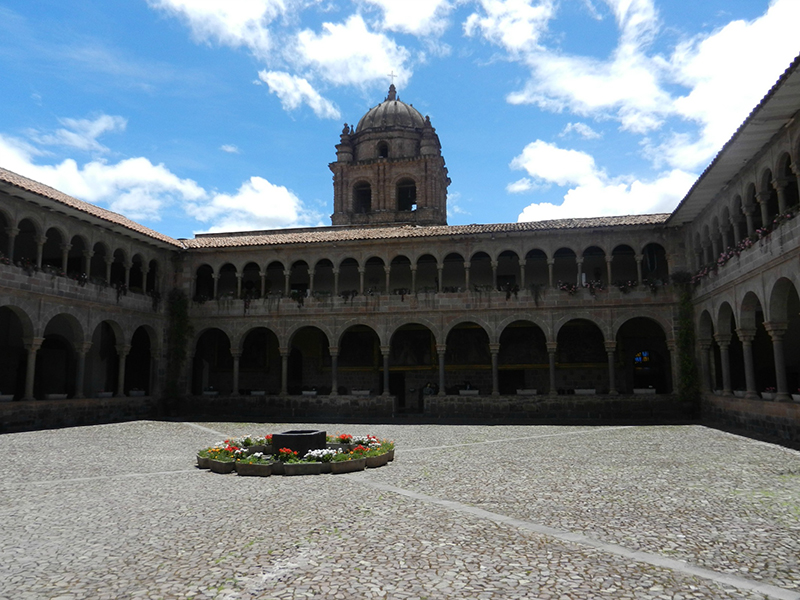
5. See Inca ruins
A short bus ride, taxi journey or hour walk up to the impressive Incan ruin of Sacsayhumán is a great opportunity to get out of the city for a few hours. The huge fortress towers over the hills on the outskirts of the city, providing stunning views of Cusco. It was built using the typical Inca architecture of large, polished stones fitting together perfectly without the use of mortar. If you’d rather not explore on your own, the Inca Cusco excursion is a half-day guided tour which takes you to Cusco’s most interesting ancient Inca sites, including Qorikancha (the Inca temple of the sun) and Sacsayhuaman.
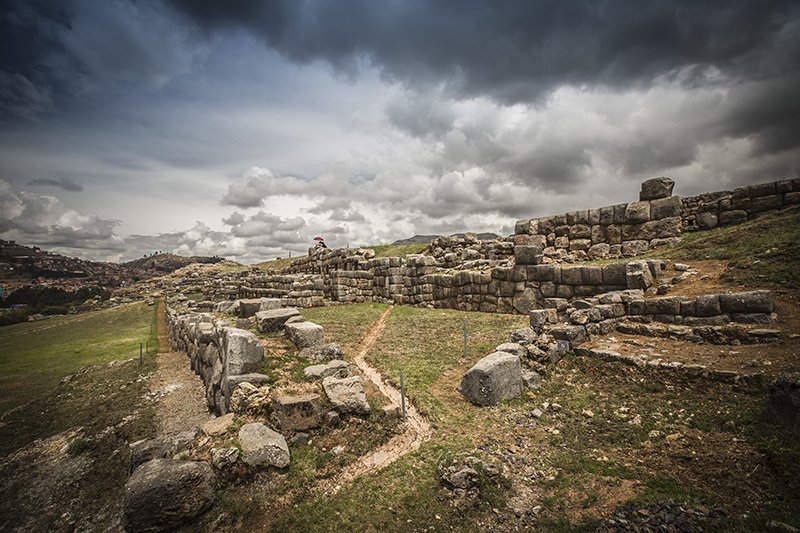
6. Sample traditional Andean fare
Most of the restaurants in the centre of town offer a range of international and Peruvian food, and cater for tourists as well as locals. Many local dishes are based on highland crops, such as potatoes and quinoa, and there are many excellent soups. You may want to try an ancient Inca delicacy – ‘cuy’ (guinea pig!). This is usually served in picanterias, which are restaurants specialising in local dishes. One of the best options for this is Pachapappa, where the dish is cooked in a wood-fired clay oven. Cooking classes are also available, often including a visit to the local market to pick up fresh produce, before learning how to prepare traditional Peruvian cuisine. Here are some of our restaurant recommendations:
- Restaurante Chicha (Calle Plaza Regocijo 261)
- MAP Café (Pre Colombian Art Museum, Plaza Las Nazarenas 231)
- Bistot 370 (Calle Triunfo 370)
- Inka Grill (Portal de Panes 115, Plaza de Armas)
- Pacha Papa Restaurant (Plazoleta San Blas 120)
- Fallen Angel (Plazoleta Nazarenas 221, San Blas)
- Blueberry Lounge (Portal de Carnes 236, Plaza de Armas)
- Greens (Santa Catalina Angosta 135)
- La Cusqueñita (Centenario 800)
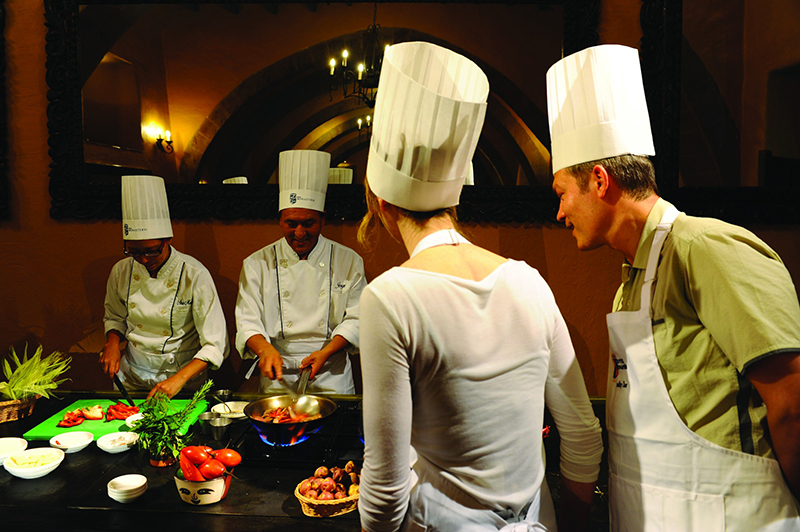
7. Drink Chicha and Pisco Sour
Inherited from the Inca period, Chicha is prepared from dry corn that is ground and boiled, then fermented in ceramic jars. The drink is typically enjoyed by the locals in chincherias or picanterias, whilst playing a game of ‘Sapo’ (translating as ‘toad’), where points are scored by throwing small coins towards an iron or bronze table with an open-mouthed toad attached to it.
Peru’s national drink and a South American classic, the Pisco Sour is an alcoholic cocktail made of Pisco, lime juice, syrup and egg white. You can find this in most of the city’s bars.
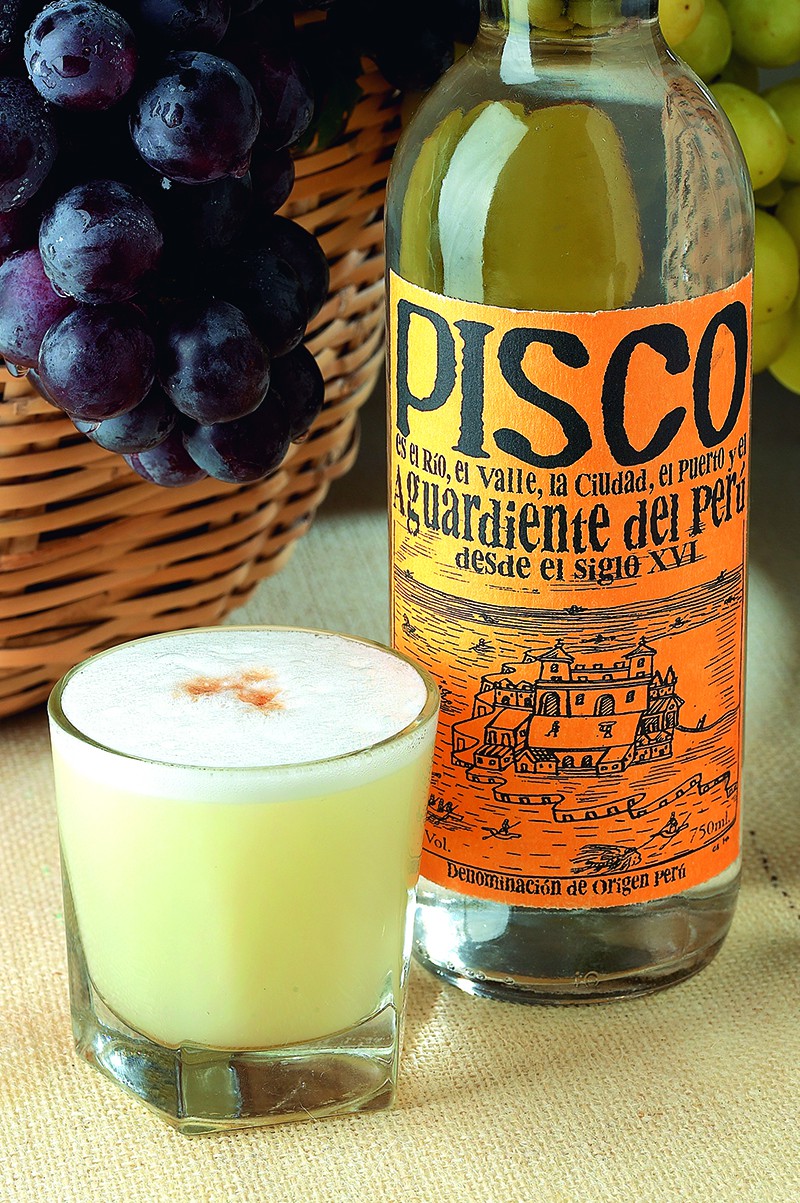
8. Try an adventure activity
Cusco is an excellent centre for adventure sports, and many agencies in the town specialise in such activities. The area around Cusco is very good for mountain biking, and a good option is a guided day trip to Moray and Maras, close to the Sacred Valley. There is also some great white-water rafting in the Cusco region. Upstream rapids near the Chuqicahuana or Cusipata sections of the Urubamba River provide the best ‘nearby’ opportunities to raft, while the Piñi Pampa section has calmer rapids (Class 1 and 2) where you can paddle your own canoe. Horse riding, paragliding, mountain biking and hot air ballooning are also possible in the Cusco area. Make sure you go with a reliable operator, and ensure you have suitable insurance for any activities you take.
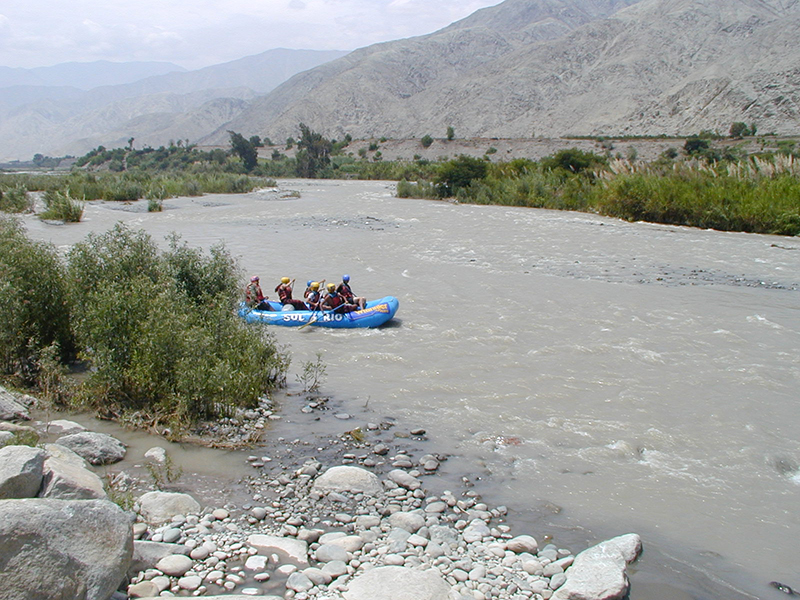
The importance of Cusco was greatest before the arrival of the Spanish, when it was the most important city in an area stretching from Colombia to Argentina. Today, the city is a beautiful place to explore, and it makes a wonderful base from which to visit the many nearby attractions.
Enquire now to speak to an expert.
Found this blog useful? Sign up to our newsletter for more holiday tips and advice!
